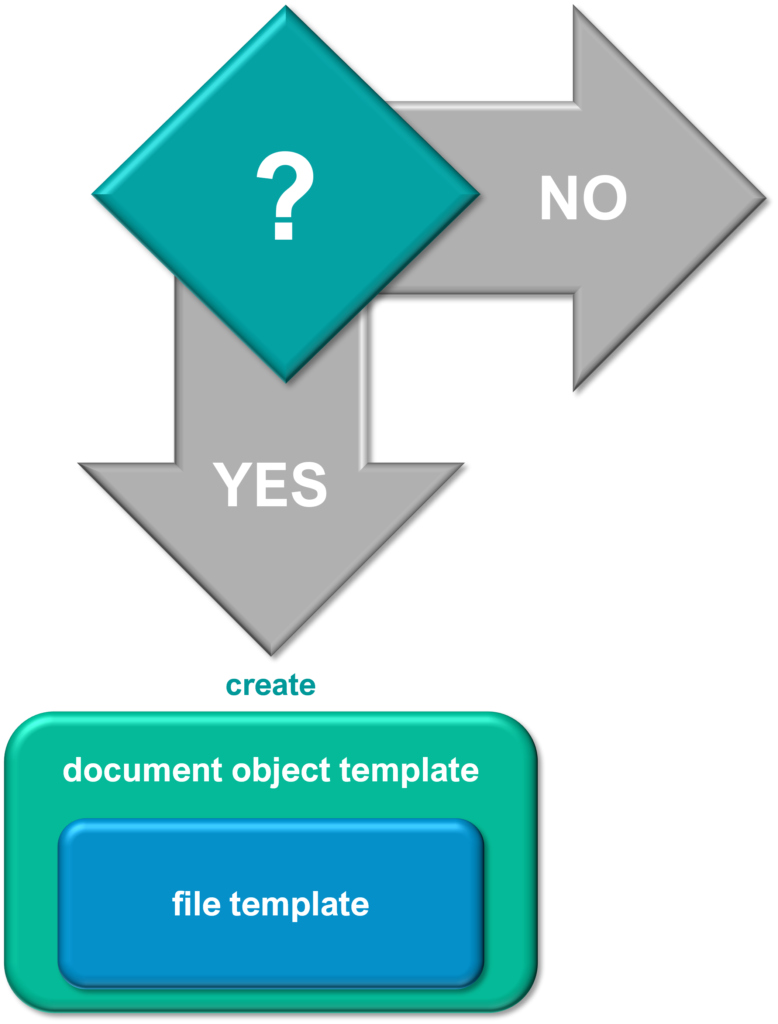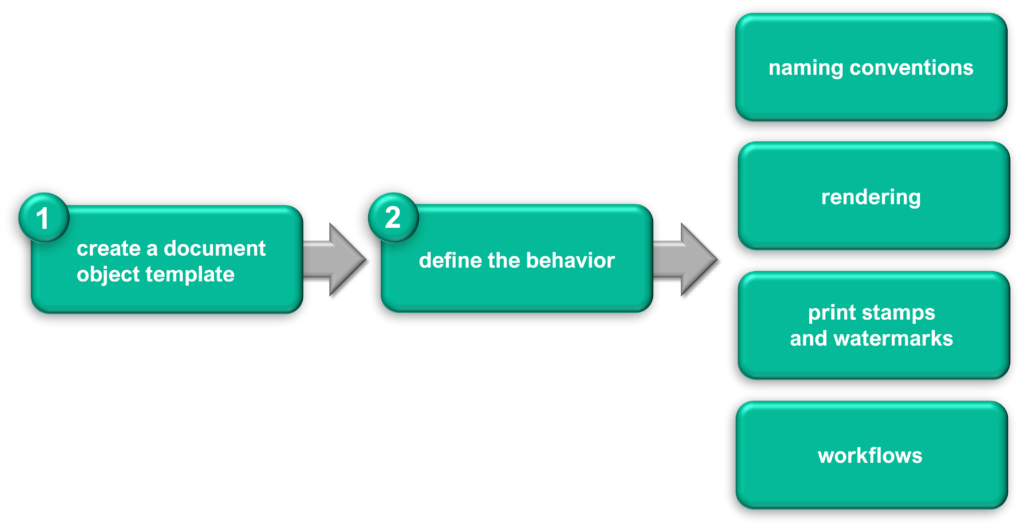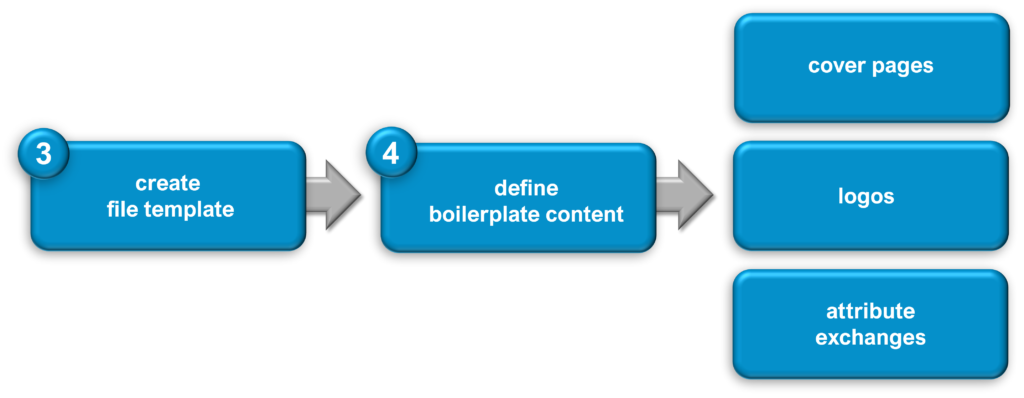📄 Document management best practice in the digital thread

We all know the product lifecycle has gone digital. However, that doesn’t mean we’ve removed the need for documentation in product lifecycles. Capturing and exchanging information in document form is still helpful, and in some cases, necessary. Examples include online product fact sheets, test procedures and results, specifications, and service execution feedback.
Siemens Xcelerator is helping customers manage documents, with as much functionality is needed for each use case. Here’s a quick step by step decision and deploy process you can follow to take advantage of features available in every Teamcenter author license.

Determine if you really need a document. Are you collecting information that only needs to be available as a report? Then check out the reporting functions available in Teamcenter.
If you need to archive, exchange or deliver a document to other users, keep reading!
Do I need a document?

Defining document behavior
To save users time, you need to define your documents. Without definition, you’re only storing a file. Definition starts with two templates, object and file. These functions are building blocks, that can be used together or individually. Every document can be tailored to suit each use case. The best part is that these features are available to you in Teamcenter now!
The repository object templates are called DMTemplates. These define the behavior of documents. You can define your own naming conventions and required metadata for each.
The file template, which is created in the native application defines the boilerplate content.
Boost productivity and keep your document content consistent with them. Define the rules and make it easier for users to find the document in the future.
Below is a optional deploy process you can follow. It features both document object and file templates.
Creating a document object template

Create a document object template to define the behavior of documents.
- Establish document naming conventions
- Define which workflows are allowed for the document
- Render to PDF at specific points in the document lifecycle
- Ensure PDFs and printed files have the proper print stamps and watermarks
Save users time and ensure your document meets the business process requirements.
Creating a file template

Create the file template to define the boilerplate content
- Add a cover page
- Setup a reviewer table
- Insert project logos
- Insert information from Teamcenter parts or metadata automatically using attribute exchange
This definition and configuration makes your documents an active part of the digital thread. Documents are available in context. Users save time, and can find documents quickly – no need for complex folder structures. Business processes run smoothly and consistently.
Take advantage of features already available in Teamcenter to save users’ time today!
Ready to try Teamcenter X?


